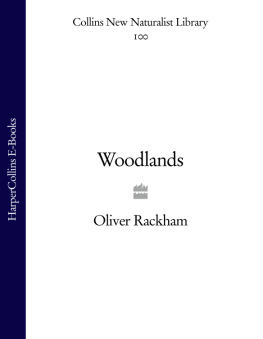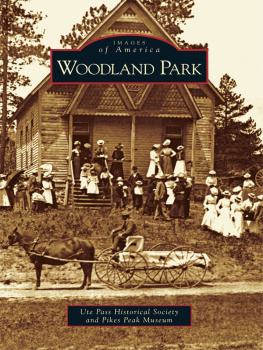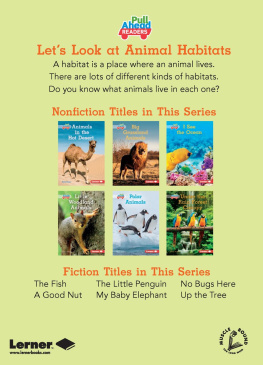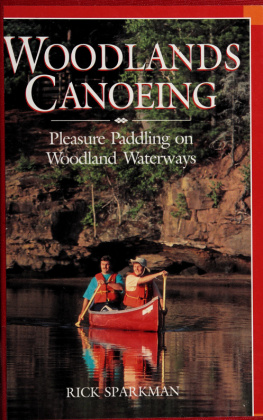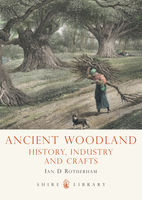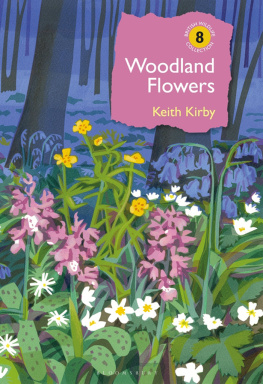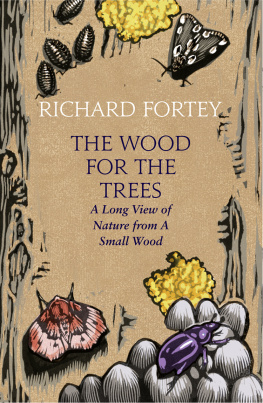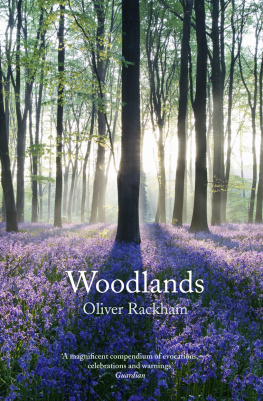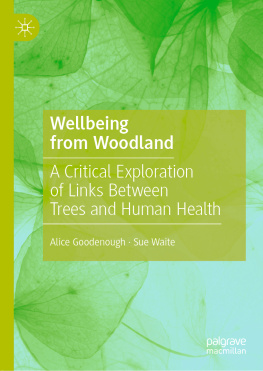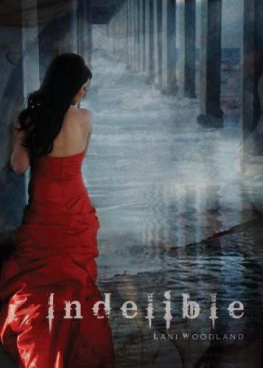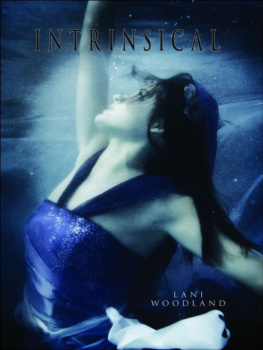SARAH A. CORBET, ScD
PROF. RICHARD WEST, SCD, FRS, FGS
DAVID STREETER, FIBIOL
The aim of this series is to interest the general
reader in the wildlife of Britain by recapturing
the enquiring spirit of the old naturalists.
The editors believe that the natural pride of
the British public in the native flora and fauna,
to which must be added concern for their
conservation, is best fostered by maintaining
a high standard of accuracy combined with
clarity of exposition in presenting the results
of modern scientific research.
For sixty years Max Walters was a pillar of the New Naturalist series. He was author with John Gilmour of Wild Flowers, no. 5 (1954) and with John Raven of Mountain Flowers, no. 33 (1955), and sole author of Wild & Garden Plants, no. 80 (1993). He served on the Editorial Board from 1981 until 2005.
He is the begetter of this book, first by being my teacher and lifelong friend, then by inspiring me to write earlier books beginning with Hayley Wood in 1975, and finally by persuading me over many years to write this one. He saw many of the draft chapters. One of the last things he did was to invite me to his home and put before me the cutting-edge articles on ant dispersal (p.330), published in obscure Swedish and German journals between 1896 and 1924; the sort of information that he loved to have at his fingertips. I am sad that he did not quite live to see it published.
He came from Yorkshire but lived most of his life in Cambridge. He was Keeper of Cambridge University Herbarium (194973), Director of the Botanic Garden (197383) and Fellow of St Johns College and then (from 1964) of Kings College. In retirement, Darwin-like, he kept and studied his own little botanic garden at Grantchester. One of his last projects was to re-establish the botanic garden at Sarajevo after the tragedy that ravaged his beloved Yugoslavia.
Max began as an experimental taxonomist. He became famous for the mighty works of reference that he organised and edited: the Atlas of the British Flora (with Franklyn Perring, 1962), Flora Europaea (196480) and The European Garden Flora (with James Cullen, 2000). Flora Europaea was perhaps his greatest achievement: nothing less than a complete Flora of a then battered and divided continent from the Azores to the Urals. Somehow he contrived to get the enthusiastic support of botanists in every country and province, and even to extract plant records from the prison-state of Albania.
He introduced me to the Mediterranean through field trips to south-east France, Slovenia and Croatia in the 1960s, when such excursions were more adventurous than they are now. (But was not every field trip with Max an adventure?) His interests, however, were not just continent-wide: he published three books concerned with Cambridgeshire botany and botanists, and in his later years he made Grantchester churchyard his field of study.
Max was a leading conservationist, especially in his work at the Botanic Garden. As a founder of Cambridgeshire & Isle of Ely Naturalists Trust, he saw to the acquisition of Hayley Wood, the Trusts first big nature reserve, in 1962. Seven years later, he put his weight behind the campaign to prevent the destruction of the Bradfield Woods, Suffolk. Both events were turning-points in woodland conservation; had they gone the other way, this book might not have been written.
As another of his old students has said, one of Maxs greatest gifts was to inspire others to action, to reach heights of achievement they had not dared to contemplate. He was a devout Christian; an embodiment of all that was good in old-fashioned socialism; a pacifist; he was upheld over 57 years by his wife Lorna. Like myself, he refused to recognise the distinction between amateur and professional: the Atlas contained tens of thousands of records by amateur members of the Botanical Society of the British Isles. In him the enquiring spirit of the old naturalists lived on to inspire New Naturalist authors.
T HIS IS NOT A book about the Environment. It does not pretend that trees are merely part of the theatre of landscape in which human history is played out, or the passive recipients of whatever destiny humanity foists on them. This is a book about Ecology. It deals with trees as actors in the play, and with the multiple interactions between trees and the environment, trees and other trees, trees and other plants, trees and fungi, trees and animals, and trees and people. Unlike my previous books, it deals more in investigations than in results. For good or ill, I have no particular theory to promote.
I begin with chapters setting out the essential properties of trees, what woods are and how they work and why they are not all the same, before embarking on the thematic chapters that form the body of the book. Much of this has been said many times before, but it still needs saying. Knowledge, even of elementary matters, accumulates; it is now difficult to get ahead of the ever-increasing flow of publications and finish a book!
This is not a successor to Trees, Woods and Man, published by my great predecessor, H.L. Edlin, as New Naturalist volume 32, fifty years ago. He wrote as a then rather old-fashioned modern forester who still remembered something of the distinction between woodland and plantation. Timber prices were high, and forestry was the science of planting and growing trees rather than the art of selling them. Through the new technology of getting trees to grow on peatland, it then seemed possible to plant enough forestry to yield a substantial part of the countrys entire timber consumption. Although Edlin appreciated natural woods and understood the importance of woodland history, for him the future of woodland lay with modern forestry, and he had little to say about woods that were unsuitable for it.
I am not a forester. I am a general practitioner of science, trained as a botanist at first specialising in plant physiology, in how plants (especially woodland herbs) functioned. Cambridge had a tradition of plant ecology, including such illustrious names as Sir Arthur Tansley, Alexander Watt and Sir Harry Godwin, and my own teachers Clifford Evans, David Coombe, Peter Grubb, Max Walters, the mycologist Harry Hudson, and the tree pathologist John Rishbeth. David Coombe in particular directed me into historical ecology.
I write as a now rather old-fashioned botanist, concerned with woodland as an ecosystem with a life of its own, in which human agency is one among many environmental factors. In this book trees are themselves wildlife, rather than merely a habitat for wildlife.
Times have changed even since my own earlier books. Modern forestry is in decline, partly because the economic basis on which it was justified has collapsed. It will, no doubt, continue in a modest way, but it no longer dominates the woodland scene, and an ecologist need no longer be apologetic about having little to say on the ecology of plantations. Popular affection for woods and trees flourishes as never before, albeit sometimes embarrassingly ill informed. There has been a revival of the historic love of ancient trees, which were unfashionable in Edlins time to the point that he regretted their existence.
I shall not be as comprehensive as Edlin. This is a book about woods rather than trees. I deal with trees in wood-pasture (as in Richmond Park) as well as woodland, but do not cover hedgerow, garden, or orchard trees.
I have always been concerned with the history of woodland with the histories of individual woods, rather than the history of generalisations about woodland. This is not merely my own inclination: woodland by its very nature can be understood only in terms of historical processes. To describe it only at a moment in time, or in terms of a three-year PhD study, is like expecting to understand how a cornfield functions after one days observations.

